XAVIER BUENO
(Berra, Nevarre 1915 - 1979 Fiesole)
Strumenti di lavoro
Signed lower right: Xavier Bueno
Oil on canvas
17 x 21 in (43 x 53.3 cm)
Provenance:
Private collection, Italy.
Xavier Bueno was born in Spain, the middle child of three sons. His father, Javier Bueno, was a journalist and travelling correspondent who regularly uprooted his family to report on various European countries throughout World War I. As a result of their father’s career, Xavier’s older brother, Guy, was born in France and his younger brother and fellow painter, Antonio, was born in Germany. After the war, the Bueno family moved back to Madrid, but soon after left for Geneva, never to return to Spain again. Before joining ABC newspaper in 1910, Javier had been a fervid anarchist and activist, even distributing a number of pre-war propagandist extremist pamphlets to spread the principles of Socialism. His vocal assertions of his political opinions directly opposed those of General Primo de Rivera, who moved to suppress the parliamentary system and inhibit freedom of the press upon his rise to power in 1923. Javier was a bold, eclectic and creative man, who instilled in his sons a penchant for art, progressive thinking, and disregard for authority.
Xavier proved to have outstanding artistic talent as a young man, enrolling in the Fine Arts Academy in Geneva soon after the Buenos relocated to Switzerland. His brother Antonio enrolled at the art school only a few years later, marking the beginning of a fruitful artistic relationship that would define the first portion of their artistic careers. In 1940 Xavier and Antonio took a trip to Florence to study the Renaissance masters. The journey was intended to be brief, but the artists unexpectedly settled in the Tuscan capital, both living there until their respective deaths in 1979 and 1984.
In the years directly following World War II, the brothers worked under the instruction of Gregorio Sciltian (1900-1985) and Pietro Annigoni (1910-1988). In 1947 Xavier and Antonio partook in signing the Manifesto of Modern Realist Painters along with their two aforementioned mentors. As the name of the group reflects, the Modern Realist Painters rejected the art of the avant-garde, vying for a return to realism, focusing especially on the trompe l’oeil. The artists prided themselves on their execution of paintings that, per the manifesto, “reaffirm those spiritual and moral values without which painting would become the most fruitless exercise.” They were emphatic in their rejection of abstract art and found great importance in painting pictures that could be understood by many, as opposed to only “a few sophisticated ones.” Painting objects from reality was not only an artistic preference, but more importantly a moral obligation to focus on the beauty everyday life during a time of recovery from the traumas of war. The movement lasted only three years, and upon its disbandment the Bueno brothers parted ways to establish their own unique painting styles.
Our painting Strumenti di lavoro is a beautiful example of Xavier Bueno’s early trompe l’oeil paintings. He portrays tools of wood, drapery, metal, twine, and ceramic with astonishing accuracy, composing an intriguing assemblage of objects and shadows. Likely painted circa 1945, the work is evidence of the artist’s mastery of realism and his dedication to authentically capturing everyday objects. For Bueno, this small canvas carried the heavy weight of fulfilling “an event of hope and salvation for art… that in one of the dimmest moments of human history should be filled with the same faith in man and his destiny, that had made the greatness of art in times past.”
